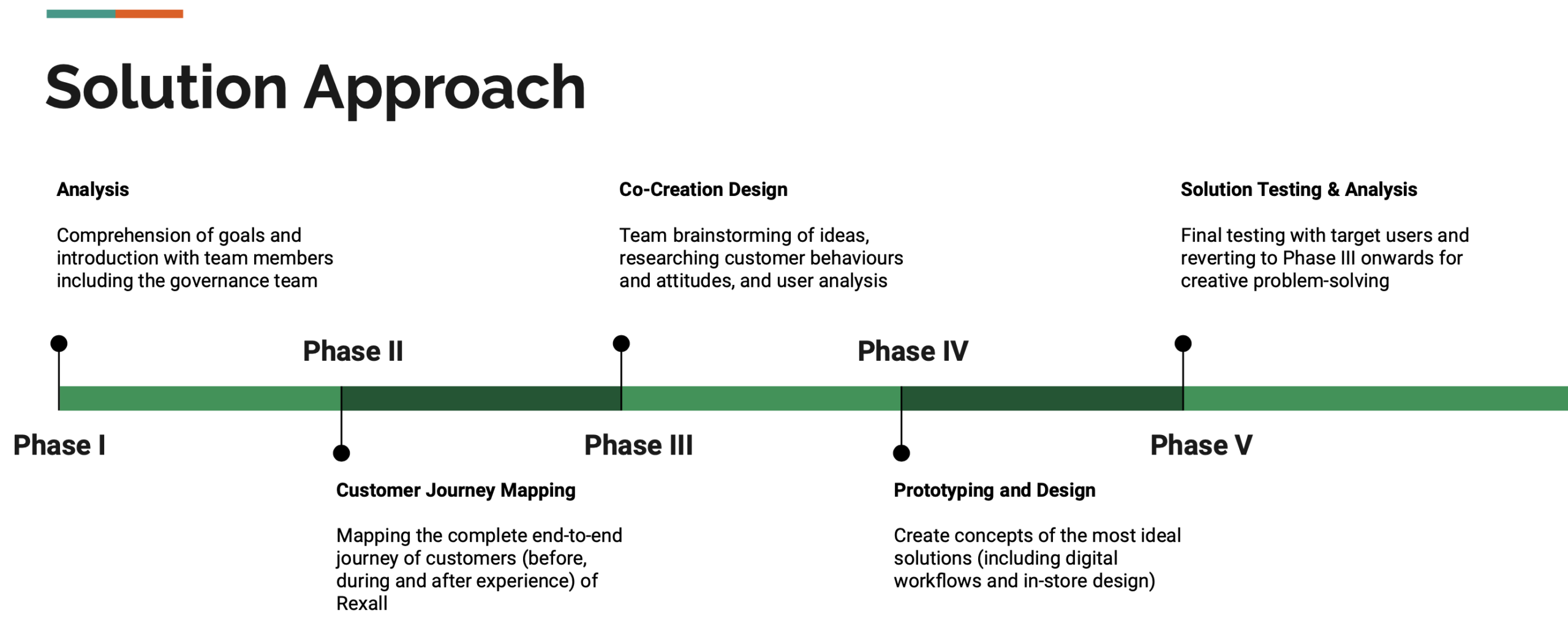Summary
The message coming from every keynote, panel discussion, article or research study is clear that digital transformation is not just imperative for all enterprises but it will permanently alter consumer interactions with their products and services.1 Digital transformation is the application of digital technologies such as mobile data analytics and smart embedded devices to reinvent customer relations and business processes. Worldwide spending on digital transformation related technologies and services is expected to approach $2 trillion by 2022, according to IDC. 2 Hence, the healthcare industry as well, has to transform its processes to respond to the new realities of digital technologies in an increasingly competitive world by continuing to invest in digital technology. But at the same time, there’s a need to reshape patient-care operations in this dynamic environment. Amid the intricacies of digital sophistication, the clamour to put customer services and customer expectations at the centre of all digital and service interactions has grown stronger than ever before. Adopting a customer-centric mindset in unifying products and services through human-insights, and not through digital transformation, is an important piece in the customer experience endeavour.
In the wake of digital transformation, businesses are overlooking consumer behaviour favouring instant gratification through technology hoping customer loyalty and dollars will follow, but they’re missing a fundamental point. Instead of depending upon digital transformation as a means for delivering an exceptional experience they should be focussing on customer needs through gathering & relating human-insights to actual needs. It is therefore important for businesses to build a customer experience strategy that looks at finding insights instead of merely depending upon digital transformation for analytics — the better experience customers have, the more repeat and positive reviews they’ll receive while simultaneously reducing customer complaints and frustrations. 3
In this context, what should be the strategy for the healthcare industry to drive digital transformation from a ‘user-first’ standpoint? What measures must healthcare businesses need to adopt for catering to patient needs & expectations? What parts of their business strategy must need to change for encouraging a positive change & enhancing the quality of healthcare services with technology? Most importantly, could technology alone be adequate in solving human-centred problems? These and many more such conclusions around an overall healthcare optimization planning could be explored by applying relevant phases of the ‘patient-centred design model’.
‘Patient-Needs’ Critical, But Oft-Forgotten
People in Ontario are, on average, seeing overall improvements in many aspects of their health, and in the care they receive. They are living longer and are less likely to die before the age of 75.
The quote is from a report by the Health Quality Ontario called ‘Measuring Up 2018‘ 4 demonstrates the improvement in the quality of lifestyle and patient care which has resulted in the longer life-spans for the people of Ontario. The annual report presents various aspects of Ontario’s health system with inputs from patients, families, doctors, nurses, and health care professionals. Simply put it’s a barometer of what’s working well and tracks future challenges for the efficient delivery of healthcare services. Some of the challenges based on the performance data arise out of multiple layers of services, above all, the unpredictable wait times for patient care at pharmacies and hospitals. It says,
People spent an average of nearly 16 hours in the emergency department before being admitted to the hospital in 2017/18, more than 2 hours longer than in 2015/16, and the longest it’s been in six years
Taking this as a case in point, the challenges in wait-times could be attributed to a ‘systemic problem’ in the approach to the delivery solution itself which can create huge barriers for solving the challenge. A ‘systemic problem’ is one that is caused due to issues inherent in the overall system rather than a specific, individual, or an isolated factor and therefore each part has to be considered as an asset. It’s important to take the whole system into consideration versus viewing the issue as an isolated problem and then devising a quick-fix solution that could prove ineffective in the long run. For instance, a change in the structure, organization or policies of administering in a particular system all together could reduce the problem and could counter prevalent system bias, the inherent tendency to support particular outcomes.5
A system is a set of related components that work together in a particular environment to perform whatever functions are required to achieve the system’s objective.” – Donna Meadows
Furthermore, other operations in the systems are prime candidates for optimizing ‘patient-centred care’ including caregiver distress, cervical cancer screening, wait-times for admission to long-term care, wait-times for surgery, just to name a few, and all those that are bound to invariably affect or influence patient services in spirit. The genuine intent is to reduce redundancy, streamline operations, and build efficient systems and processes accessible to all groups of people, with the intention to empower healthcare professionals to address patient-needs rationally and more empathetically.
The substance of the matter is, how might we design a system that focusses on improving the quality of services for patients?
Patient-Centred Experience Model (PCEM) Overview
Technology by itself is inadequate as a response to multi-lateral patient-care challenges which spans culturally oriented services and elements such as pharmacy operations, medication consulting & dispensation, other administrative activities, and so on. The key to finding gaps in customer engagement is by bringing together diverse cultural factors under a collaborative arrangement to envisaging the delivery model & experience for the future. There’s a need to focus on a ‘patient-centred experience’ for delivering healthcare services that looks deep down into ‘user needs’ in order to tweak customer experience by using design thinking methods. It branches off to exploring deeper complex cultural and social mindsets with methods such as co-creation design, etc. Furthermore, innovative concepts are selected from a pool of creative ideas to be prototyped and presented for testing and analysis.
The emphasis of the PCEM arrangement would be on uncovering unrealized patient and patient-care needs by offering to look beyond the spectrum of surface-level interactions, and doing a careful analysis of the core intrinsic structures of healthcare delivery systems and operations from the perspective of human needs, behaviours and emotions. This would allow businesses to empathize with not just the patients/customers but also the staff that’s directly responsible for providing those services, and widen their scope of innovation in processes and training as opposed to just making ‘aesthetic’ alterations using digital technology.
The Framework Overview
How might we transform the in-store pharmacy experience and the digital interactions?
The PCEM framework is derived from the ‘design thinking’ methodology and has been created to verify and modify business objectives by aligning it with ‘user needs’. The framework puts the ‘user’ firmly in the centre of the solution pivoting the assumptions in a ‘fail fast, fail-safe, fail often’ environment to improve upon the solution. Based on the specific requirements more methods and tools could be added to the phases until the required objectives are met. Again, the methods are meant to putting the people in the center of the design process and to come up with new answers to difficult problems. 6

Phase I – Analysis (Research Synthesis / Kick-Off)
The ‘Analysis’ of the demand/problem happens with studying the current circumstances of the business by using ‘secondary research’ methods including focus groups. With that, it’s easier to deduce the severity of product or service issues coming from multiple systemic approaches and helps to create a strategy.
Phase II – Customer Journey Mapping (Customer Insights)
Breaking down the customer’s journey within varied touch-points such as digital, physical and emotional, and connecting them with the goals helps to understand users’ needs and the nature of the pain-points, and where exactly are they occurring during the course of interactions. It also enables companies to focus on the importance of user research. 7
Phase III – Co-Creation Design Session (Feedback / Ideation)
Co-creation is about involving the community outside of the company in the ideation phase of the new product or service development. The participants may include customers, patients, caregivers, pharmacists, and HCPs. They are made aware that they are contributing to the development of new ideas and concepts. In short, people are invited to contribute, evaluate, and refine ideas and concepts. 8
Phase IV – Prototyping and Design (Beta Phase)
This phase refers to the initial testing and developmental evolution of the product or the service, and to find whether it needs any fixes. The activities are sometimes also referred as ‘rapid prototyping’ because it makes the developmental process faster and easier to . 9
Phase V – Solution Testing and Analysis (Simulation)
After the prototyping of the service/product concludes the testing and analysis begin using a real interaction in a scenario with one or more touchpoints. While testing the experience using a specific touchpoint (say a mobile app) is relatively easier, verifying the whole journey touching upon different service components is always challenging. 10
Designing a Patient-Centred Experience at Mayo Clinic
Digital transformation helps organizations to centralize data and access data that facilitates new practices around agility, innovation and efficiency.11 However, the tendency of companies to conflate digital transformation and customer experience is one reason so many struggle with digital transformation success.
Meanwhile, as the human-centred approach of problem-solving is the foundation of design thinking there are already promising examples of design thinking being used to create a better experience for patients. 12 For instance, the Mayo clinic used design thinking to set up the SPARC Innovation Program in Rochester, Minnesota, a design-based research and development laboratory for health services. 13 Its sole purpose is to explore the current ways by which patients experience healthcare and open-mindedness has allowed Mayo Clinic to examine every step of the current workflow I an unassuming manner and pinpoint specific areas for improvement through asking the right questions first. In this way, Mayo Clinic has learned to create a new culture that disrupts the old way of doing things. 14
Designing a patient-centred experience will require setting up a local innovation lab and capital dedicated to design thinking, apart from hiring talented people passionate to change the status quo and who can manage the process of seeking insights, prototyping ideas and refining new concepts with social entrepreneurs. Most importantly, it’d require healthcare businesses to dedicate their overall capabilities eternally to convert human insights into truly innovative ideas for long-term benefits and growth for global healthcare!
Footnote:
-
Don’t Confuse Digital Transformation with Customer Experience ↩︎
-
Tools for Systems Thinkers: The 6 Fundamental Concepts of Systems Thinking ↩︎
-
How to Create an Effective Customer Journey Map (Examples Template) ↩︎
-
Co-creation 101: How to use the crowd as an innovation partner to add value to your brand ↩︎
-
Digital Transformation: why it matters and how it can be achieved ↩︎
-
Health Care Providers Can Use Design Thinking to Improve Patient Experiences ↩︎
-
Lessons from the Mayo Clinic: Can design thinking help global health delivery? ↩︎



